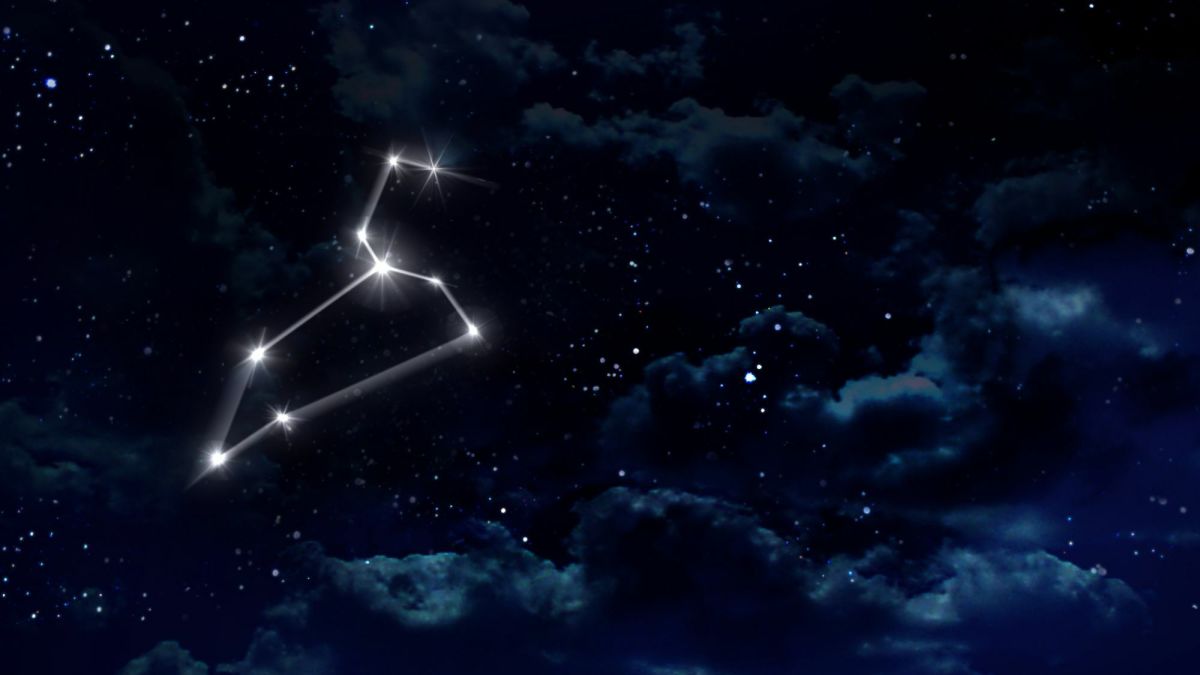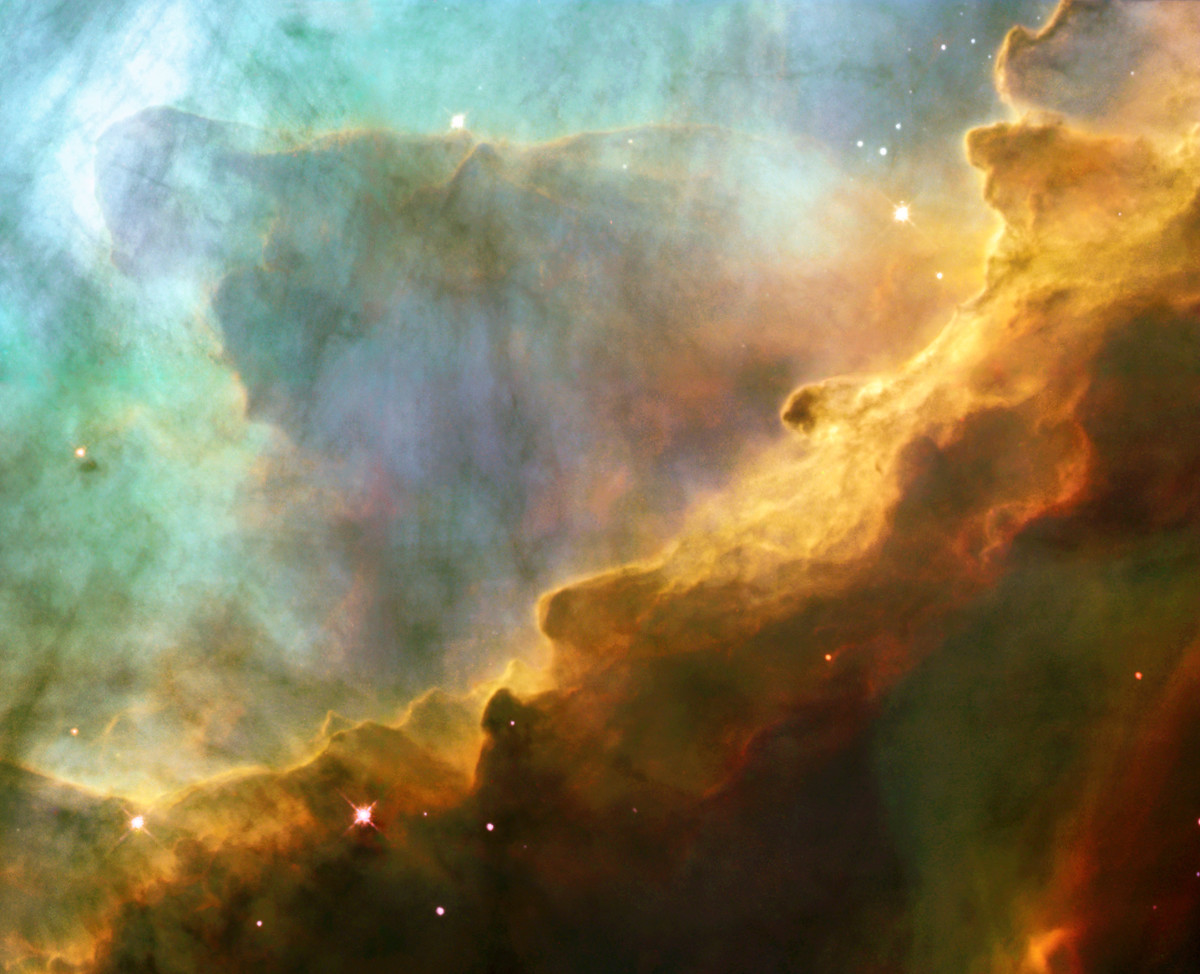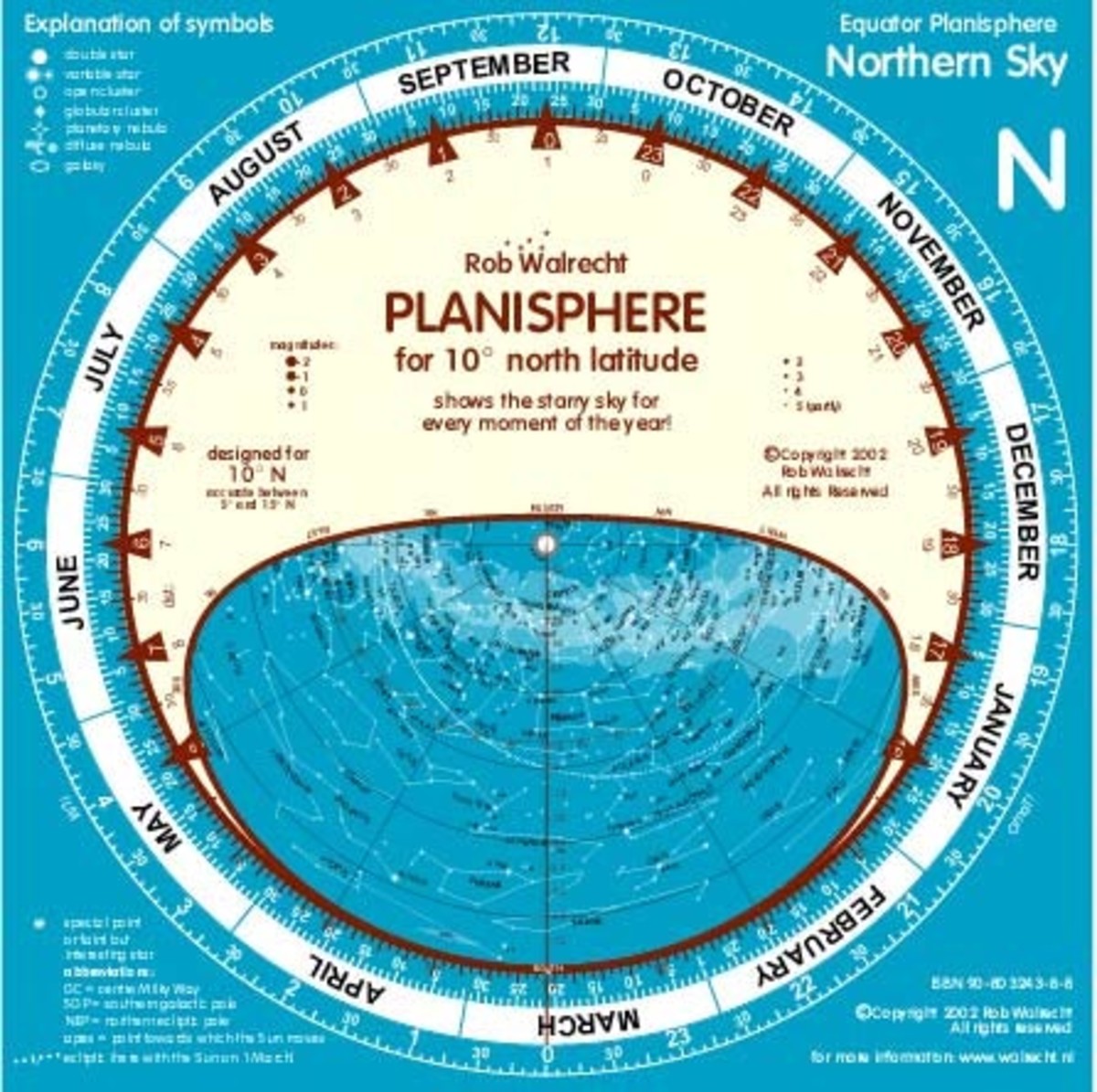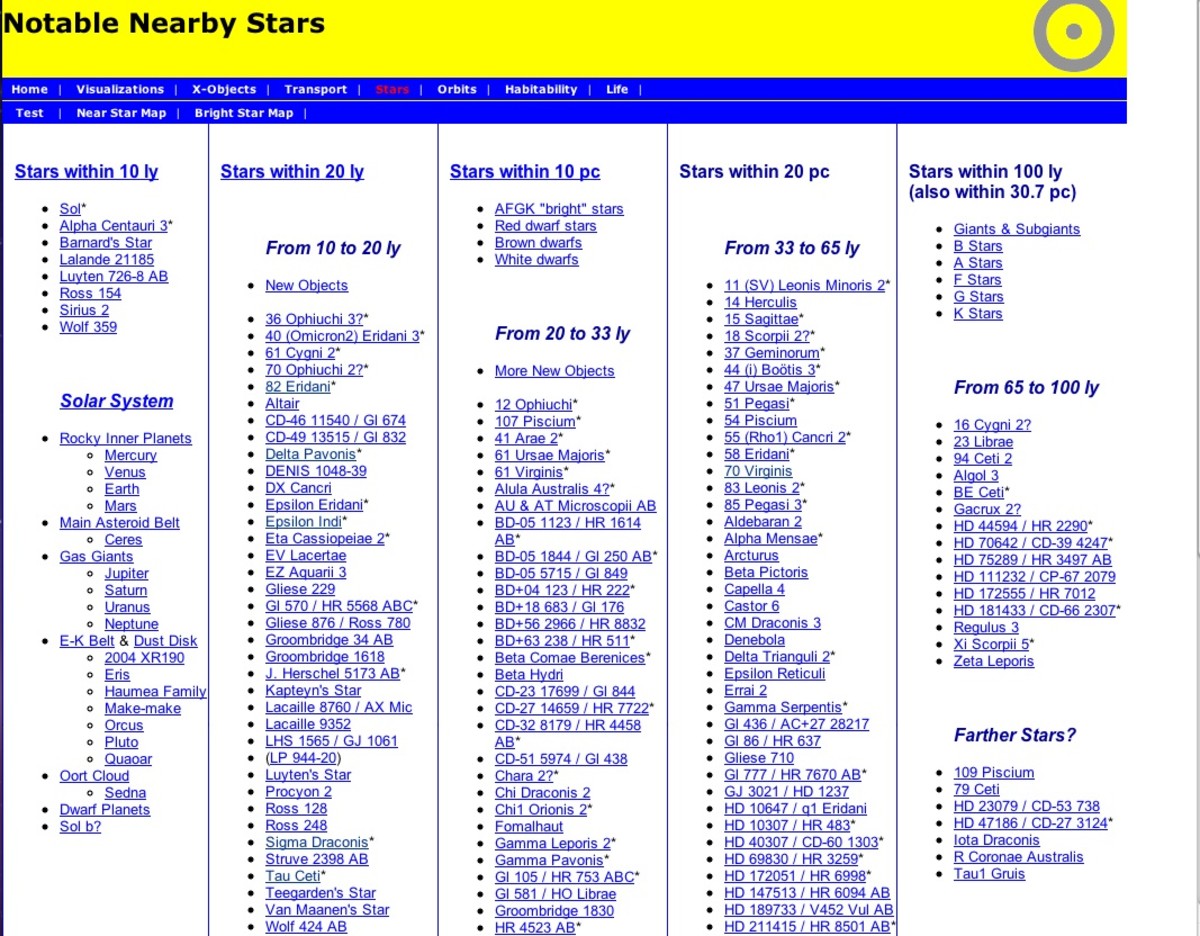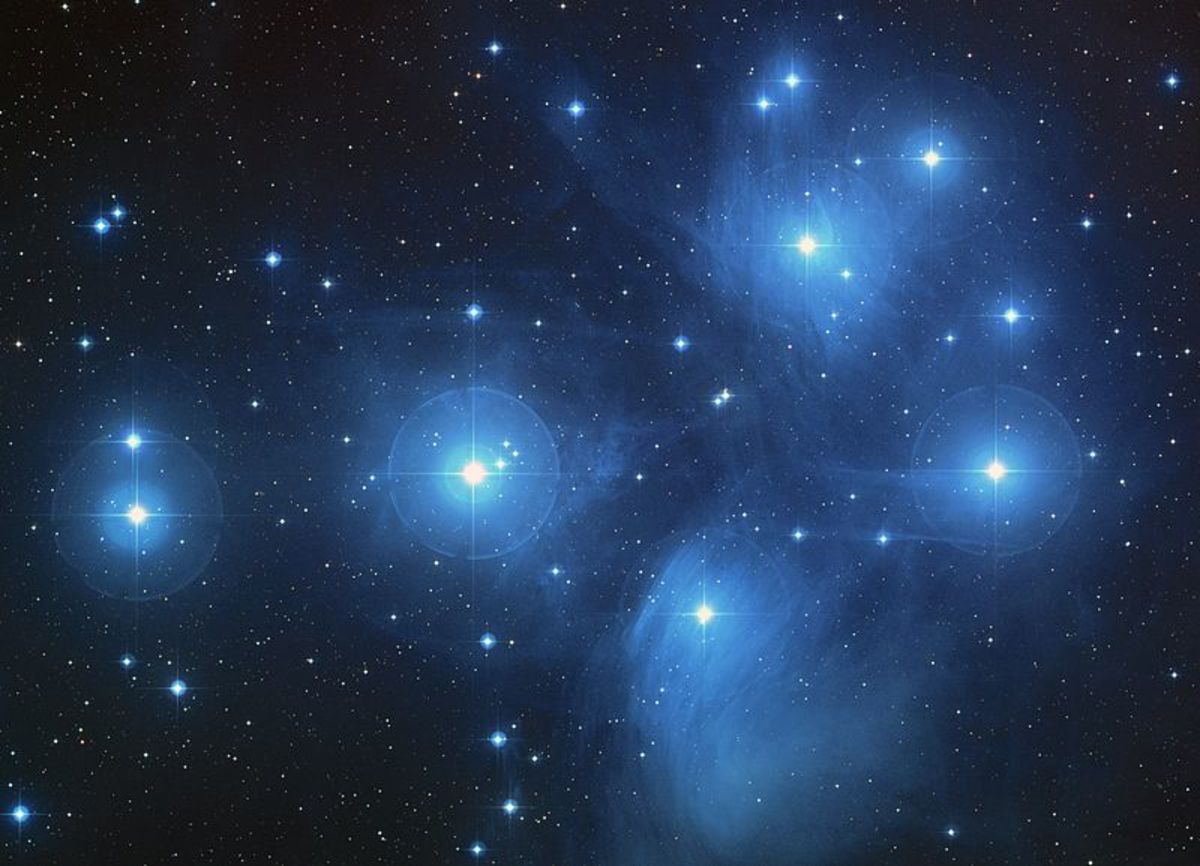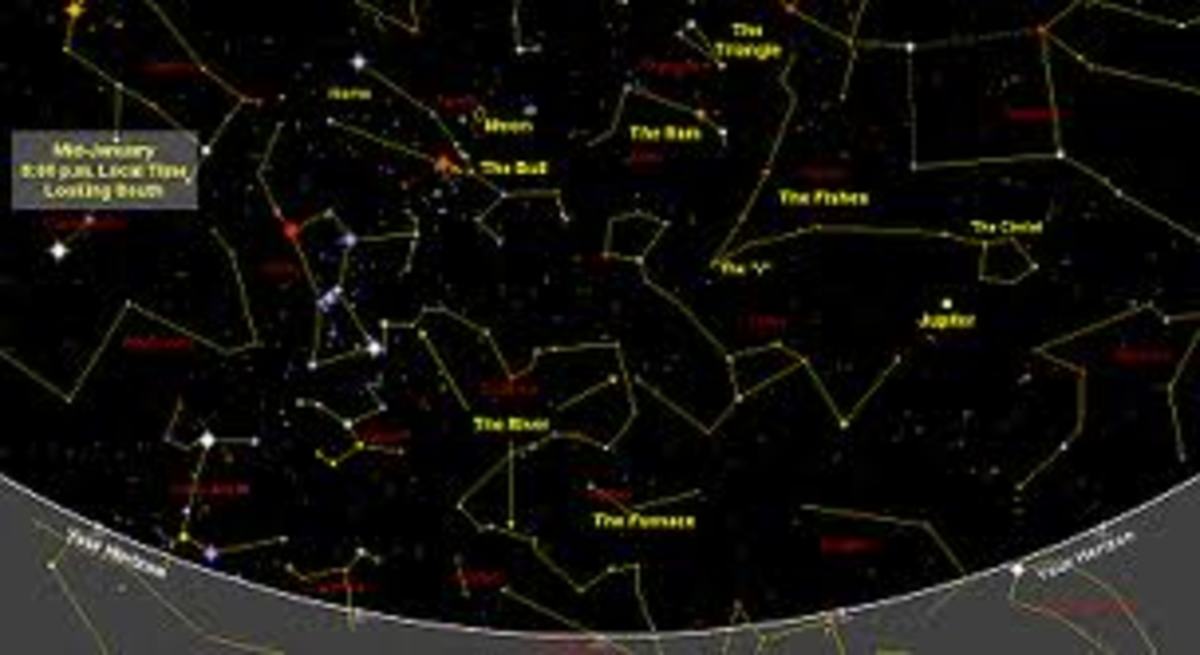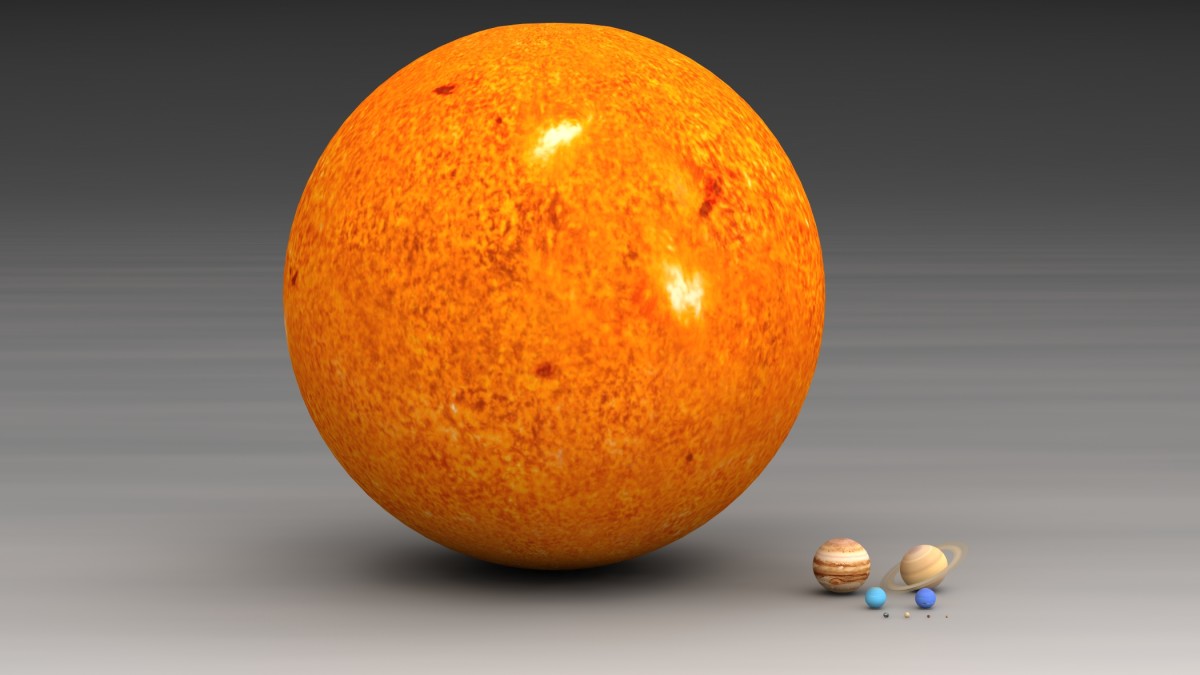Types Of Stars
A star is a component of universe which is bigger than planets and has its own light and does not obtain energy form another source. Sun is also a star around which all the planets revolve.
There are many different types of stars found in the universe out of which some are described below:
T. Tauri Star
A T. Tauri star is formed from a protostar which is it self a collection of different gas molecules. The T. Tauri star is held by the gravitational pressure but its core does not have enough pressure to carry out the nuclear fusion.
Although they may not carry nuclear fusion in their core, they are larger than the main sequence stars to which they give rise to eventually and also are much brighter than them.
A star remains a T.Tauri star before becoming a main sequence star for 100 million years. The T.Tauri stars have powerful and intense X-ray flares and also have powerful stellar winds.
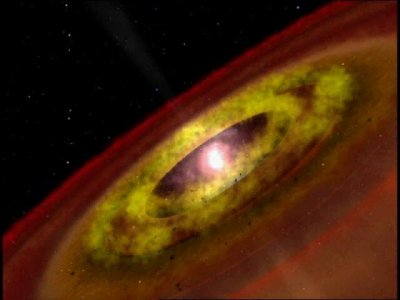
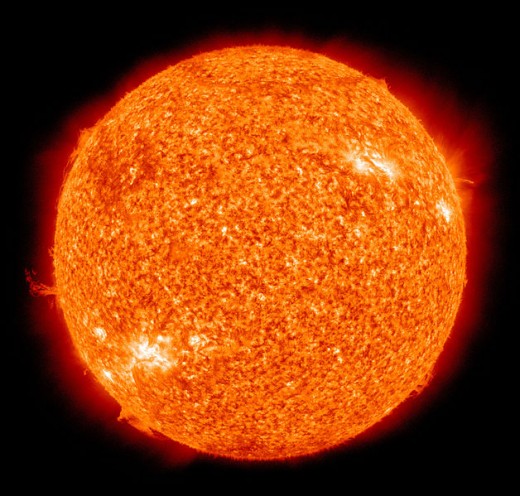
Main Sequence Stars
The main sequence stars constitute the majority of the earth’s galaxy.
They also are one of the major stars present in the universe. The stars that we see on the sky every night are the main sequence stars.
The sun is also included in the category of main sequence stars.
These stars carry out continuous nuclear fusion i.e. conversion of hydrogen into helium in their cores.
Although there are different types of main sequence stars differing in their size, mass and brightness they all commonly carry out nuclear fusion.
A large amount of energy is thus released by the main sequence stars as a result of nuclear fusion.
The stars Sirius and Alpha Centauri which are the nearest to the earth are the main sequence stars.
The stars at main sequence stage are at a state of equilibrium with gravity pulling them inwards and the pressure from the fusion reactions pushing outwards.
Types Of Energy
- Energy
For any work to be done by any object energy is required. Energy basically is defined as the capacity to do work. In broader terms any substance on the earth is composed of mass and energy.
Due to these balanced forces these stars maintain their spherical shape.
The size of the main sequence stars depends upon their mass. The mass also tells the amount of the gravity pulling these stars inwards.
If the amount of gravity is low then the minimum mass these stars can attain is 0.08 times the mass of sun. If the gravitational pull is more, they can have mass 100 times the mass of sun.
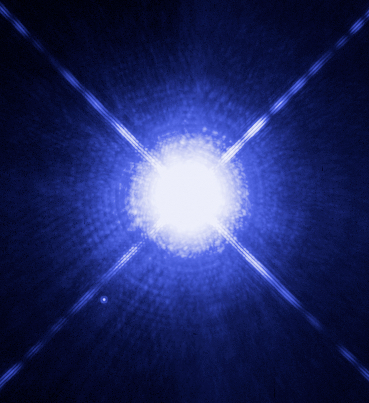
Object Faster Than Speed of Light
- Than Speed of Light
The studies related to the inception and creation of this universe have been an all time favourite with the scientific researchers as well as the masses.
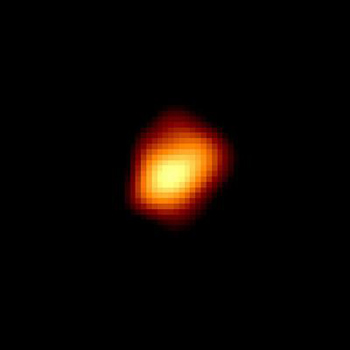
White Dwarf Stars
A star in which the fusion reaction has ceased within its core is called a white dwarf star. Such a star, since there is pressure to push the star outwards, falls inwards because of its own gravity.
The star still shines because of the fact that it was a hot star once.
The astrologists believe that these white dwarf stars will cool out one day but it would take them hundreds of billions of years to do so.
Red Giant Star
The red giant star just like white dwarf star has ceased its nuclear fusion and there is no outward pressure to counteract the inward force of gravity.
The difference between the two is that this star has a shell of hydrogen around its core which keeps it alive and also they give rise to white dwarfs the shell around their core increases the size of the star dramatically makes it 100 times larger than before.
This hydrogen shell is not the only thing that keeps this star alive, but once this shell is consumed a shell of helium and other heavy elements is used to keep it alive.
This star has a life span of a few hundred million years. Once its shells are completely consumed they convert into white dwarfs.
Nuclear Fission
- Nuclear Fission In A Bomb
Nature has got millions of secrets in even the smallest and unimaginable things existing in the universe and scientists revealed many of them in the initial years of the twentieth century.
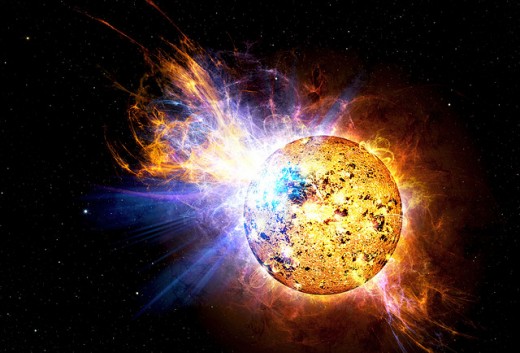
Possibility Of A Time Machine
- Would Scientists Really Be Able To Build A Time Machine?
For several decades, sci-fi movies and books on time travel have tickled our imagination into believing that maybe one day, some scientist or theorist will invent the magic of a time machine.
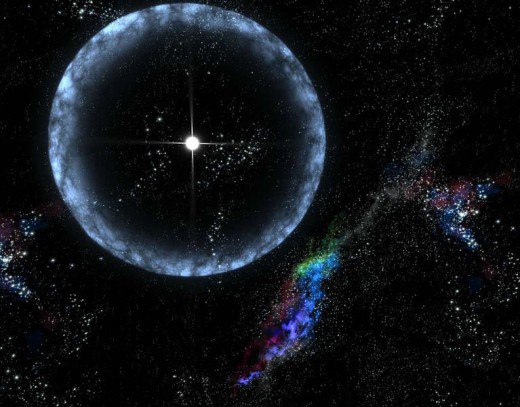
The Red Dwarf Stars
The red dwarf stars are just like main sequence stars but they are less in mass and are much cooler. Not only that but they also have much more hydrogen fuel in their cores to give them more life than ordinary main sequence stars.
It is believed that they have a life of 10 trillion years.
Their mass is 0.075 the mass of the sun or the half of the mass of the sun. They are very common in the universe.
The Neutron Star
When a large star having a mass 2.1 times the mass of earth does not convert into a white dwarf it explodes into a supernova explosion and becomes a neutron star.
The neutron star is entirely composed of neutrons which are formed by crushing the protons and the electrons.
Most high mass stars convert into black holes after the supernova explosion rather than converting into neutron stars.
The Mystery Of Teleportation
- Teleportation
Teleportation means transfer of a body from one point to other almost instantaneously such that the body doesn't cover any physical distance in order to reach its destination.

